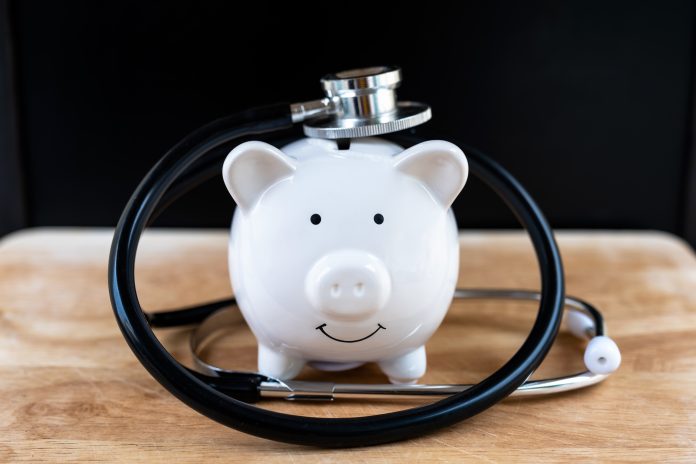According to the latest `Health expenditure Australia 2018-19’ by the Australian Institute of Health and Welfare (AIHW), spending on health goods and services grew by 3.1% to $195.7 billion in 2018-19.
The report, presents spending data for the financial year before the first cases of Covid-19 were diagnosed in Australia.
“After adjusting for inflation, the growth of 3.1% from 2017–18 was slightly lower than the average yearly growth rate over the decade (3.5%),” says AIHW spokesperson Dr Adrian Webster.
“Spending in 2018–19 equated to an average of $7,772 per person. In real terms, this was $111 (1.5%) more per person than in 2017–18, also slightly lower than the average growth over the decade of 1.9%.
“Health spending represented around 10% of economic activity in 2018–19, roughly the same as the previous year. This has not increased since 2015–16.”
More than two-thirds (68.3%) of health spending was by governments. Australian Government spending was $80.6 billion, representing a $2.4 billion real increase (3.1%) from 2017–18. This was slightly higher than the average real growth in the decade to 2018–19 (2.9%).

In 2018–19, state and territory governments spent $53 billion on health. This was an increase of 3.2% ($1.6 billion) from 2017–18 in real terms, below the average for the decade of 3.9%.
Overall, government health spending represented 24.3% of government tax revenue, marginally down from 24.5% in 2017–18. This was the second year that this ratio declined, indicating that, prior to the Covid-19 pandemic, tax revenues were growing faster than spending on health.
Combined, the above measures suggest that, spending growth in 2018–19 was relatively modest when compared to key metrics such as the decade average growth, population growth and growth in the economy and tax revenues.
“In terms of the key health services, spending on hospitals grew by $2.8 billion in real terms to $79 billion, making up 40.4% of total health spending. This included a $61.8 billion spend on public hospitals (4% more than 2017–18) and $17.2 billion on private hospitals (2.5% higher than 2017–18),” says Dr Webster.
“Spending on primary health care increased by $0.9 billion to $65.5 billion. This included $12.3 billion spent on unreferred (mainly general practice) medical services. Spending on subsidised pharmaceuticals and other medications were roughly the same ($11.7 billion each).”
Future editions of the report series will present an analysis of health spending for those years impacted by the 2019–20 bushfires and the Covid-19 pandemic.








